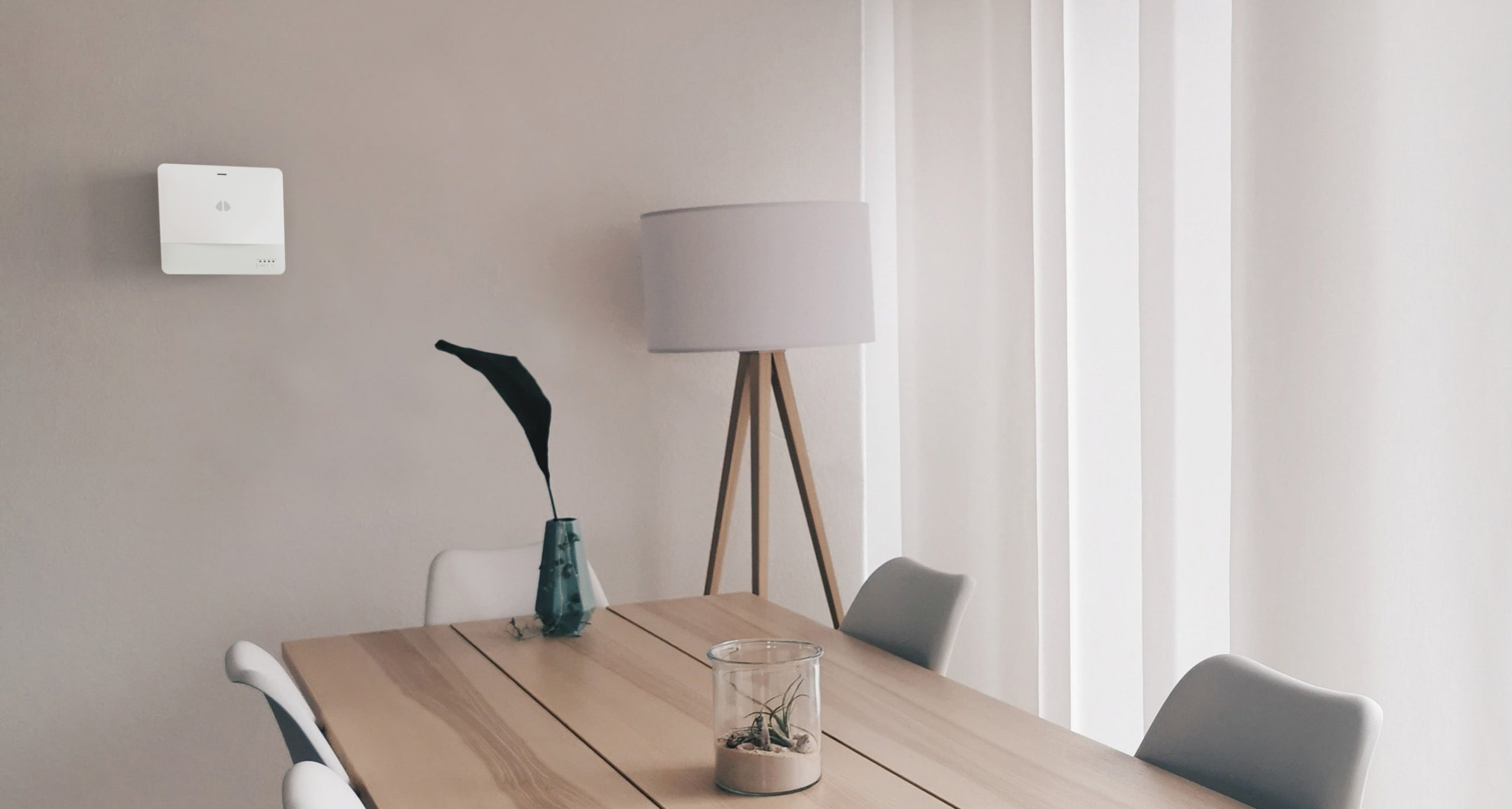Now more than ever, indoor air quality in the workplace should be among the primary concerns of building owners and business managers as it directly impacts health, well-being and productivity aside from influencing the risk of coronavirus transmission. While there is no single prescribed method for improving IAQ due to the number of variables to consider, the best way to start is by understanding the condition of your air. What gets measured, gets managed. Identifying specific issues that lead to poor indoor air quality and measuring pollutant levels in the workplace can give you a clear picture of your building’s current condition. Using a smart IAQ monitor that provides continuous and real-time data on important air quality factors can give you all the information you need to spot problems, identify trends, take corrective actions and manage your conditions to keep everything within recommended parameters.
Installing Your IAQ Monitors: Do’s and Don’ts
Once you have decided to install your indoor air quality monitoring devices in your workplace or facility, you first need to identify the best locations to deploy them. They need to be in strategic locations in order for you to get accurate and useful data to base your decisions and actions on. Highly accurate sensors can be very sensitive and suboptimal installation spots can result in unreliable information. Do consult an expert to guide you in the installation of your IAQ monitors.
Some questions that may help you to plan out your strategy for using your indoor air quality monitors:
- What areas are suspected of having poor air quality concerns? Where do you receive the most complaints on health and comfort?
- What areas typically have the highest occupancy? Are there areas where you need to improve ventilation or maintain it at prescribed levels?
You can place your IAQ monitoring device in the common areas of your workplace or building such as the reception area, meeting space, and workspace area. Do consider installing in areas with adequate WiFi access and close to power outlets.
For accurate and reliable readings, your IAQ sensors should not be influenced by external factors. Don’t install them near any induction or heating equipment, floor fans, direct sunlight or open doors and windows. Some other unsuitable areas for installing your IAQ monitors are areas with steep or drastic changes of temperature and humidity and where there’s risk of liquids getting into the sensors.
You can place your device on a table or a shelf provided there’s enough space from the wall or any solid surface (5-10 centimeters) or from the floor (approximately 0.9 to 1.8 meters). Wall-mounting your device is highly recommended. You can mount your IAQ monitoring device as you would typically mount a thermostat, at standing height-level or slightly lower if occupants typically remain seated in that particular location. Maintain at least 1 meter clearance from the corner of the wall and about 0.5 to 1 meter away from a closed door.
Tracking certain pollutant levels is also an important consideration in placing your IAQ monitoring device in your workplace area. Some gases flow upwards while others that are denser than air such as ozone and carbon dioxide build up and remain at lower levels in the area.
Not all IAQ monitoring devices work the same way so make sure to get one that suits the needs of your workplace or your building. Smart indoor air quality monitors such as uHoo provide real-time access to your air quality readings through the Business Dashboard, which gives you a clear and easy-to-understand visual of your current air quality conditions. Moreover, you can customize alerts to immediately take the appropriate action to resolve the problem. With uHoo, you also get a real-time virus transmission risk assessment to ensure a healthy and safe workplace.
Learn more about how the uHoo Business solution can help your business.

